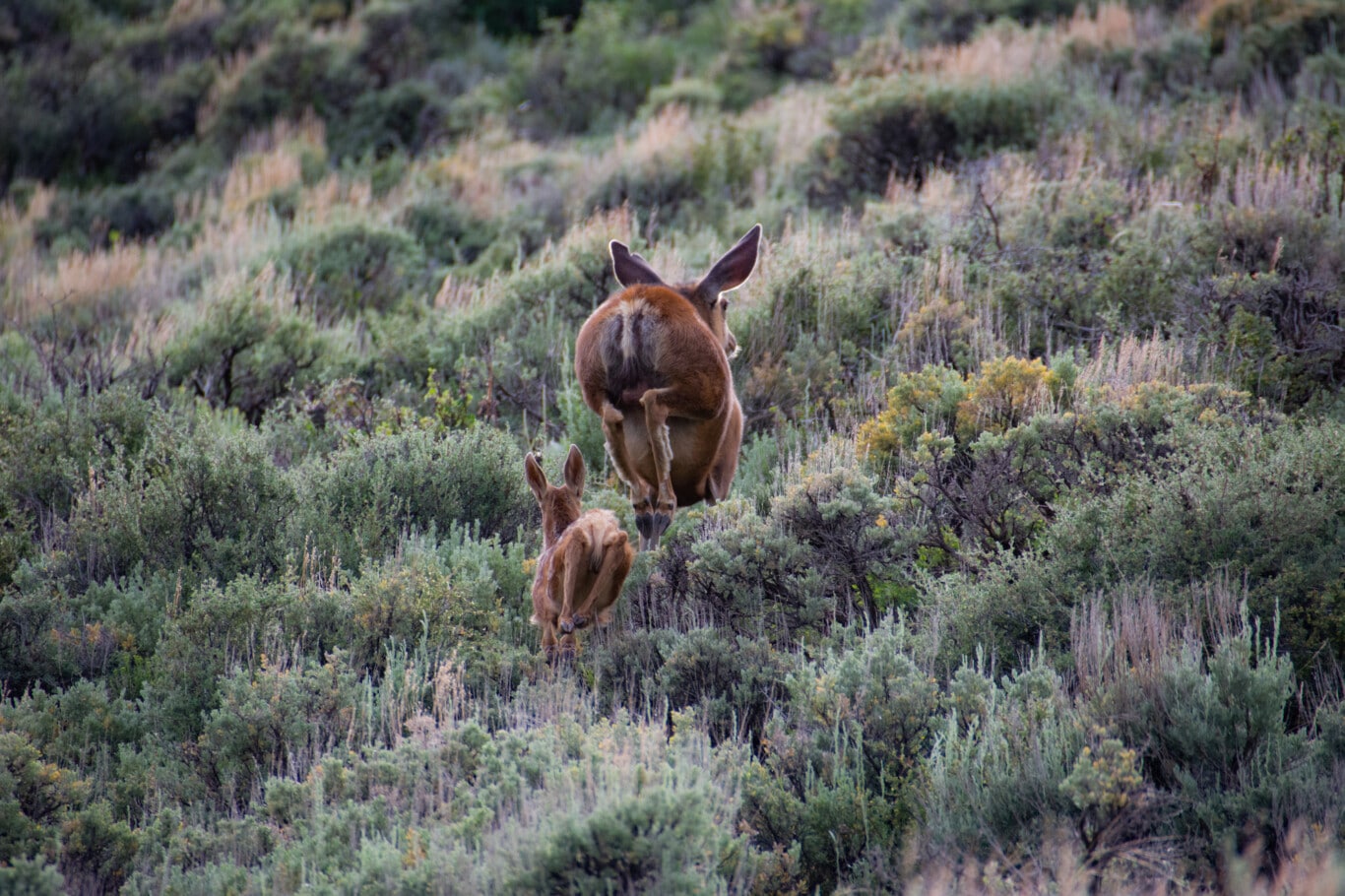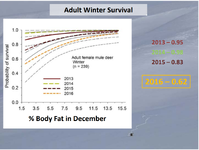wapitiwilly
FNG
This is the first time at the Pocatello Regional Airport going back to 1938 that over 60 inches of snow has been recorded in back to back snow seasons. The heavy March snow has pushed the total to 60.0 inches at the airport and combined with last seasons 72.2 inches makes the 132.2 inches the third highest back to back snow seasons of all time behind only:
1. 1982/83-1983/84 145.1 inches and
2. 1983/84-1984/85 138.4 inches.
Doesn't seem great for the mule deer herd in SE Idaho.... What are folks thoughts on this winter versus last and what that means for mule deer in SE Idaho?
1. 1982/83-1983/84 145.1 inches and
2. 1983/84-1984/85 138.4 inches.
Doesn't seem great for the mule deer herd in SE Idaho.... What are folks thoughts on this winter versus last and what that means for mule deer in SE Idaho?



